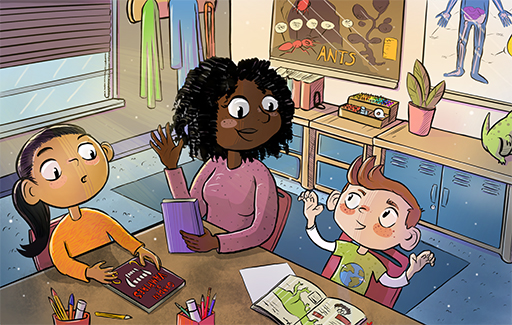Session 4: Knowing your texts, knowing your readers
Introduction
To support children to read widely and with enthusiasm, educators need a secure knowledge of children’s texts. Children become more engaged readers when they are ‘tempted’ by texts that adults read aloud to them, recommend to them and talk about, so teachers have a professional responsibility to be able to draw on a rich repertoire of authors, genres and text types (Guthrie and Davis, 2003). Adult knowledge of children’s texts should include ‘classic’ literature and also incorporate new authors and publications to ensure that this knowledge is constantly developing and up to date.

To engage children as readers, teachers must also understand children’s reading habits, preferences and personal interests. In knowing the sort of reading children have previously enjoyed, or any barriers or difficulties they experience in the reading process, teachers can recommend alternative texts that might ‘hook’ the less enthusiastic reader. In addition, knowing children as readers enables adults to offer alternative texts to those that love reading, but tend to choose from a limited range. This session will help you to improve your knowledge of children’s texts and ‘tune in’ to the reading preferences of children you work with.
By the end of the session, you will have:
- identified areas to develop in your knowledge of children’s texts
- considered the benefits of different texts for different readers
- reflected on your knowledge of diversity and representation in children’s texts
- explored ways to understand more about children’s reading practices.
